wolf simmer
plumberry
11 years ago
Related Stories
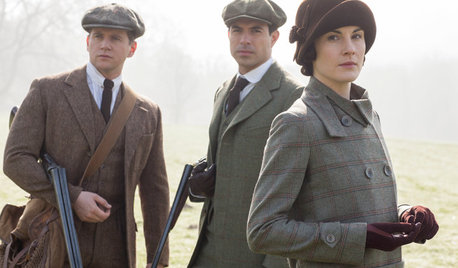
LIFEA Month-by-Month Guide to ‘Downton Abbey’ Withdrawal
Missing Lady Grantham’s zingers? Edith’s furrowed brow? Romance simmering downstairs? Here’s help to get you through until season 6
Full Story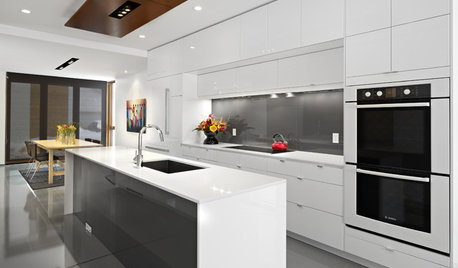
KITCHEN APPLIANCESFind the Right Oven Arrangement for Your Kitchen
Have all the options for ovens, with or without cooktops and drawers, left you steamed? This guide will help you simmer down
Full Story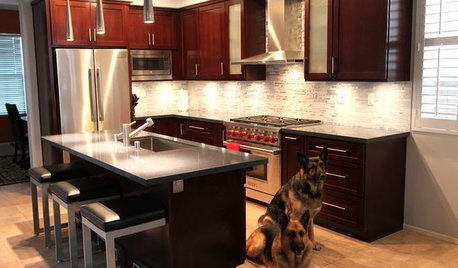
BEFORE AND AFTERSReader Project: California Kitchen Joins the Dark Side
Dark cabinets and countertops replace peeling and cracking all-white versions in this sleek update
Full Story
HOUZZ TOURSMy Houzz: Boho Flair for a 1920s California Tudor
Frumpy furniture gets the boot in favor of eclectic pieces that appeal to the travel-loving homeowner
Full Story
KITCHEN DESIGNHow to Find the Right Range for Your Kitchen
Range style is mostly a matter of personal taste. This full course of possibilities can help you find the right appliance to match yours
Full Story
KITCHEN APPLIANCESFind the Right Cooktop for Your Kitchen
For a kitchen setup with sizzle, deciding between gas and electric is only the first hurdle. This guide can help
Full Story
KITCHEN DESIGNA Cook’s 6 Tips for Buying Kitchen Appliances
An avid home chef answers tricky questions about choosing the right oven, stovetop, vent hood and more
Full Story
TASTEMAKERSPro Chefs Dish on Kitchens: Michael Symon Shares His Tastes
What does an Iron Chef go for in kitchen layout, appliances and lighting? Find out here
Full Story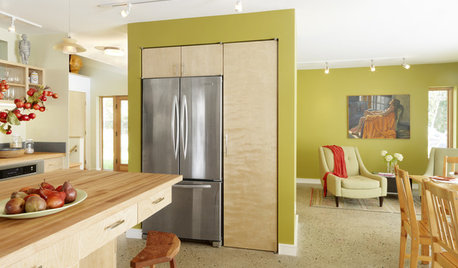
REMODELING GUIDESGet the Look of a Built-in Fridge for Less
So you want a flush refrigerator but aren’t flush with funds. We’ve got just the workaround for you
Full StorySponsored
Columbus Area's Luxury Design Build Firm | 17x Best of Houzz Winner!
More Discussions


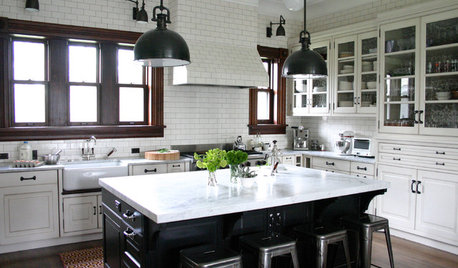

weissman
deeageaux
Related Professionals
Ballenger Creek Kitchen & Bathroom Designers · Freehold Kitchen & Bathroom Designers · Pike Creek Valley Kitchen & Bathroom Designers · Roselle Kitchen & Bathroom Designers · Vineyard Kitchen & Bathroom Designers · South Sioux City Kitchen & Bathroom Designers · Boca Raton Kitchen & Bathroom Remodelers · Bremerton Kitchen & Bathroom Remodelers · Morgan Hill Kitchen & Bathroom Remodelers · Newberg Kitchen & Bathroom Remodelers · Pinellas Park Kitchen & Bathroom Remodelers · Port Angeles Kitchen & Bathroom Remodelers · Walnut Creek Kitchen & Bathroom Remodelers · Saugus Cabinets & Cabinetry · Whitney Cabinets & Cabinetrynjannrosen
wekick
timbrel